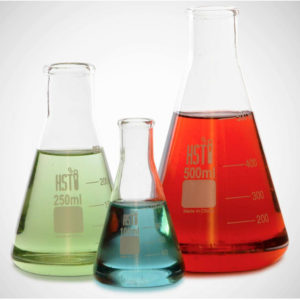Description
Diacetone is a clear, colorless liquid with a mild characteristic odor and can gradually turn yellow during storage. It is a slow-evaporating hydroxy ketone that is miscible with aromatic and halogenated hydrocarbons, esters and water.
Speciality
• SLOW EVAPORATION RATE
Diacetone Alcohol has one of the most favorable dilution ratios of the nitrocellulose solvents with comparably slow evaporation rates.
• CHEMICAL INTERMEDIATE
Diacetone alcohol is having hydroxyl and carbonyl group in the same molecule. Due to its chemical structure, Diacetone takes part in reactions associated with both hydroxyl and carbonyl compounds.
Physical & Chemical Properties
| CHARACTERISTICS | SPECIFICATION |
| Acidity as Acetic Acid. % W/W | 0 – 0.01 |
| Appearance | Clear |
| Colour. HU | 0 – 30 |
| DAA purity %. W/W | 99.4 – 100 |
| Flash Point °C | 59 – 62 |
| Miscibility (25ml + 225 ml Water) | Clear |
| Specific Gravity 27 °C / 27 °C | 0.931 – 0.937 |
| Water Content % W/W | 0 – 0.1 |
Orgin :
INDIA
End Application
• USED AS A SOLVENT
Diacetone is used as a solvent for both hydrogen bonding and polar substances. It is miscible in water and used as a solvent for water-based coatings. Diacetone is used as a solvent extractant in purification processes for resins and waxes. It is also used as a component of solvent blends for nitrocellulose, acrylic, and cellulose acetate lacquers and thinners.
• USED AS A CHEMICAL INTERMEDIATE
One specific non-solvent application for Diacetone is as a chemical intermediate in the production of diacetone acrylamide as is having hydroxyl and carbonyl group in the same molecule.
• OTHER APPLICATIONS
Diacetone alcohol is more suitable for use in applications as a component of gravure printing inks, with proving favorable flow and leveling characteristics. Other applications for Diacetone include metal cleaning compounds, degreasers, stripping aids for textiles, and gum and resin removers in automobile carburetor cleaners.





